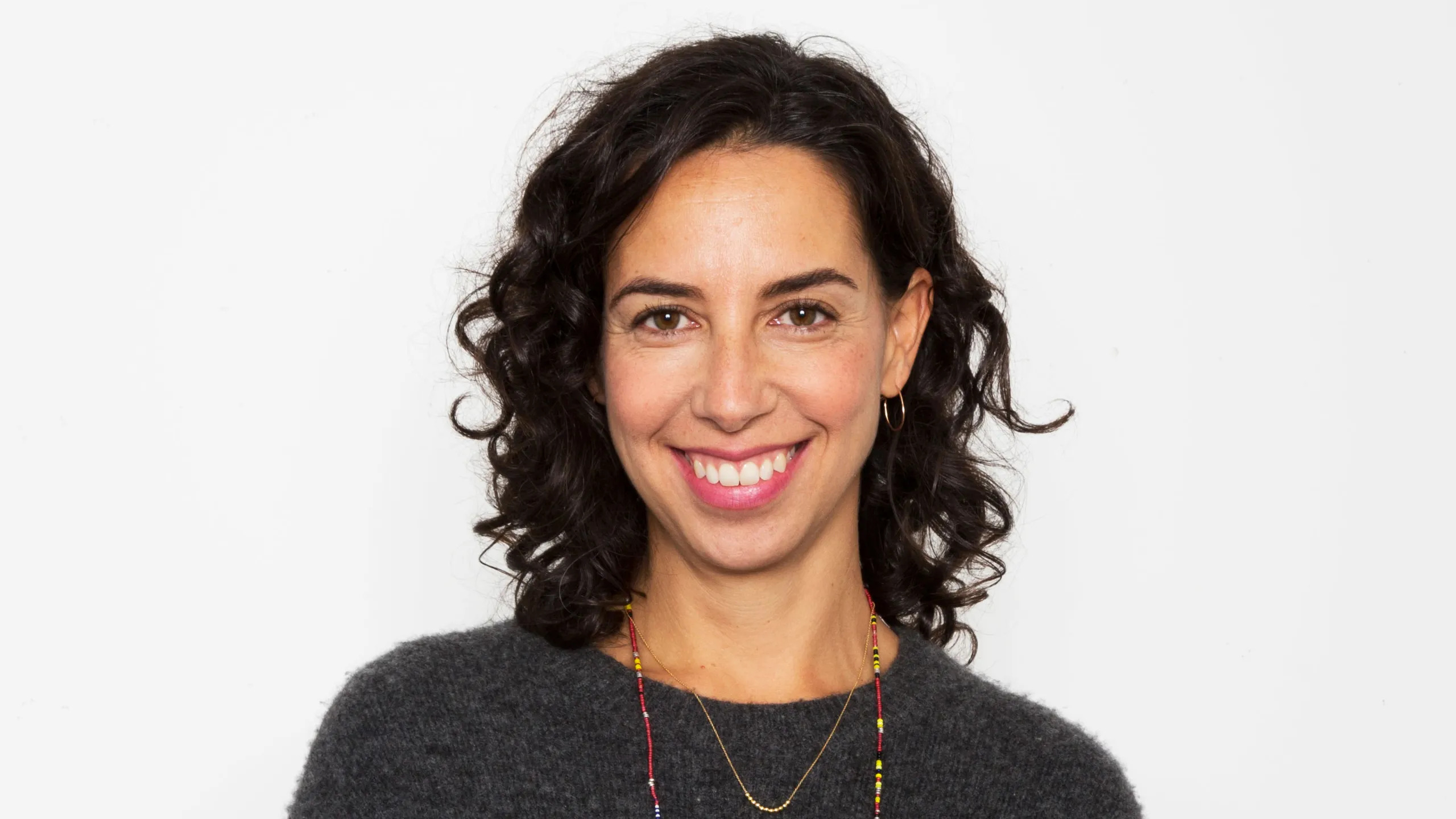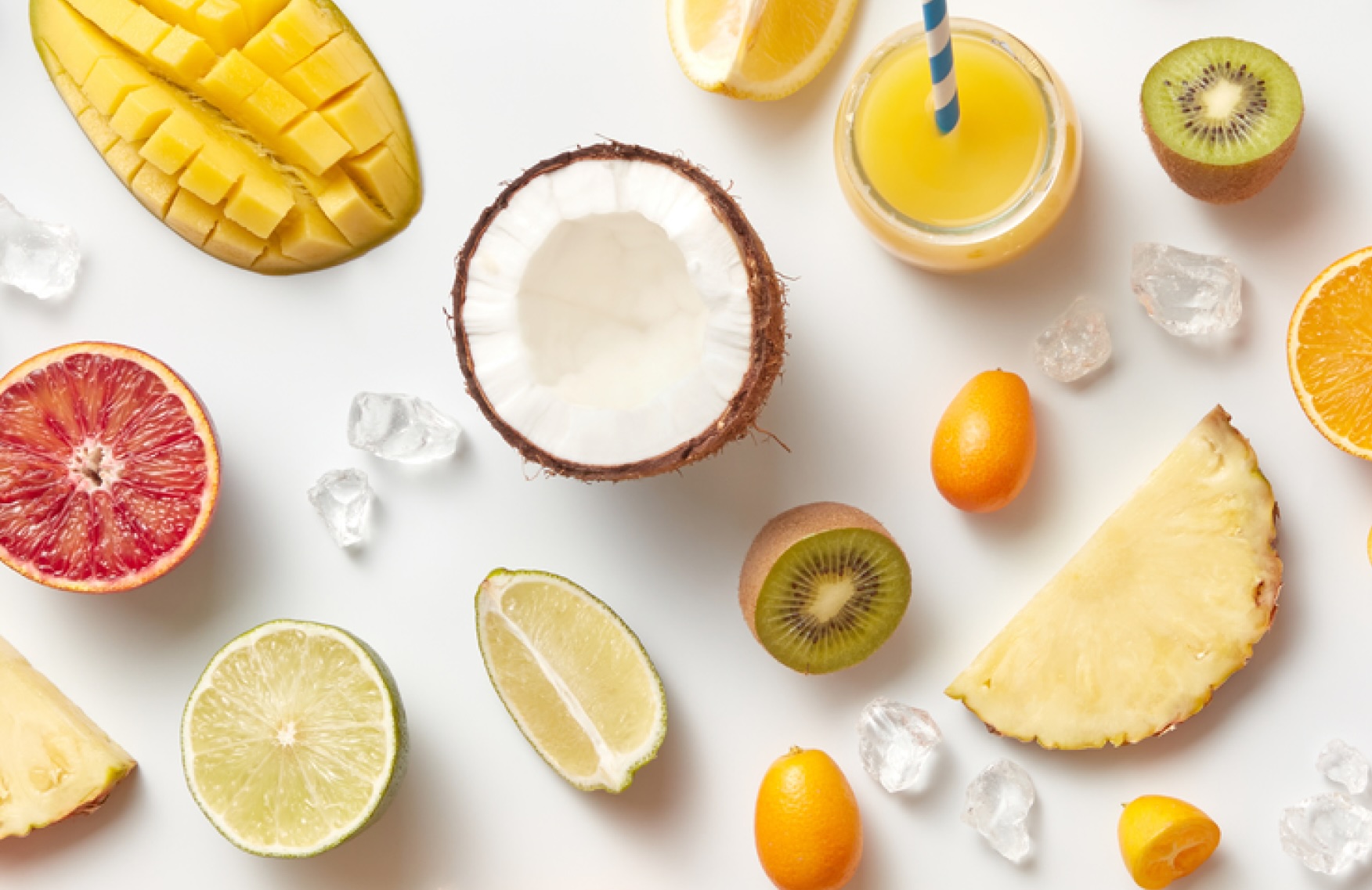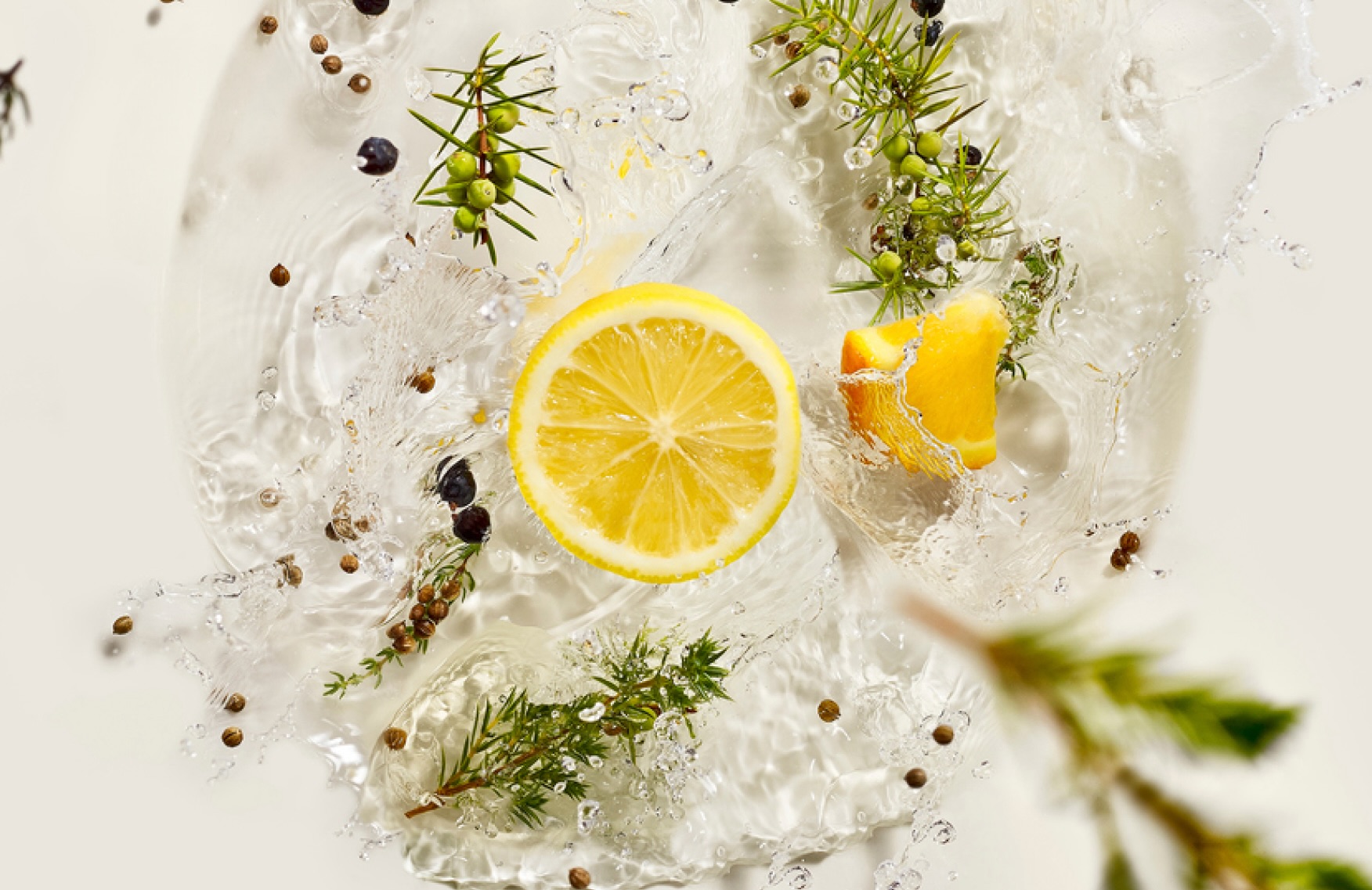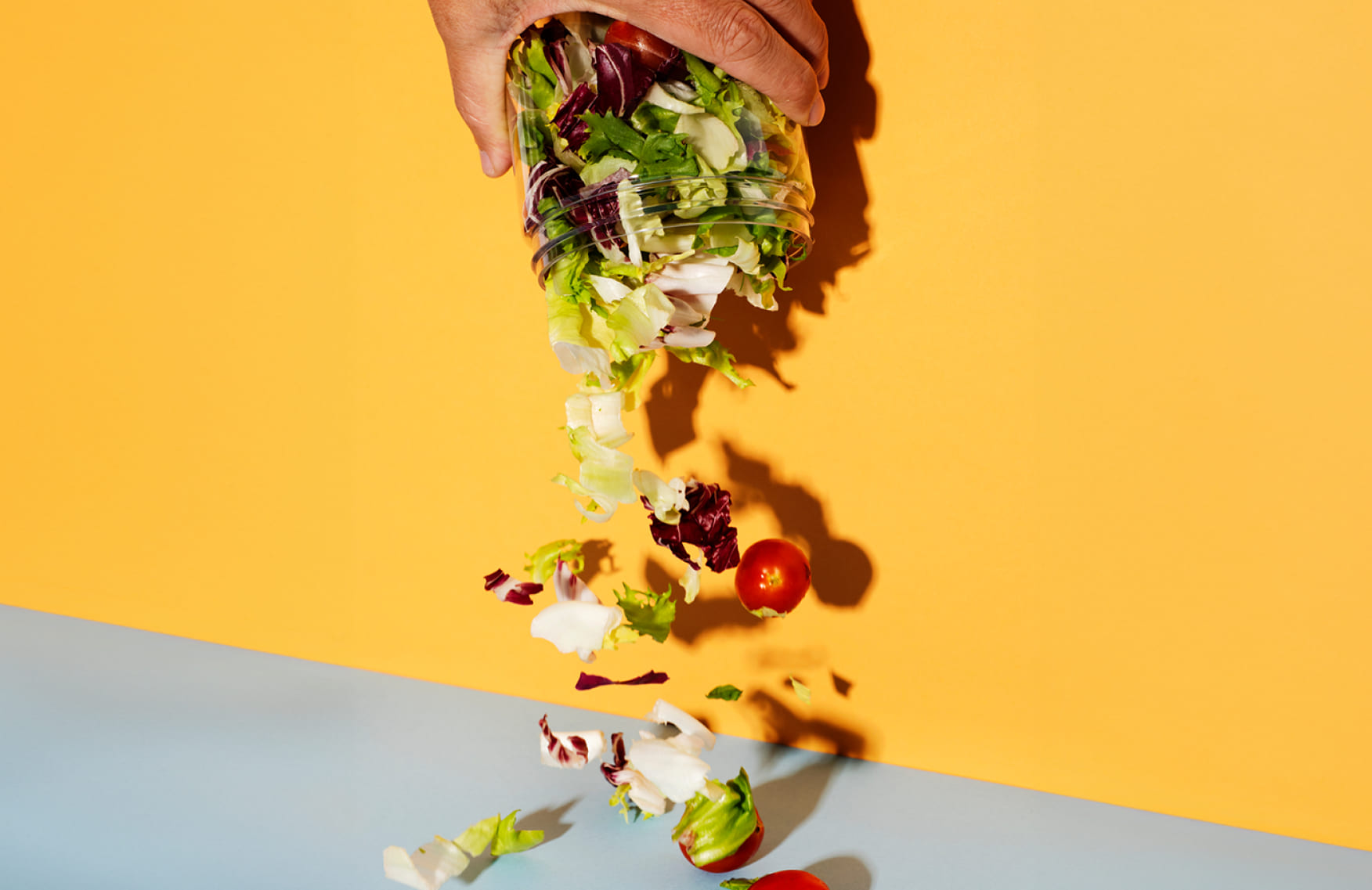Fat is not the enemy! 6 reasons why this award-winning chef wants you to embrace good fats to bring joy to your eating
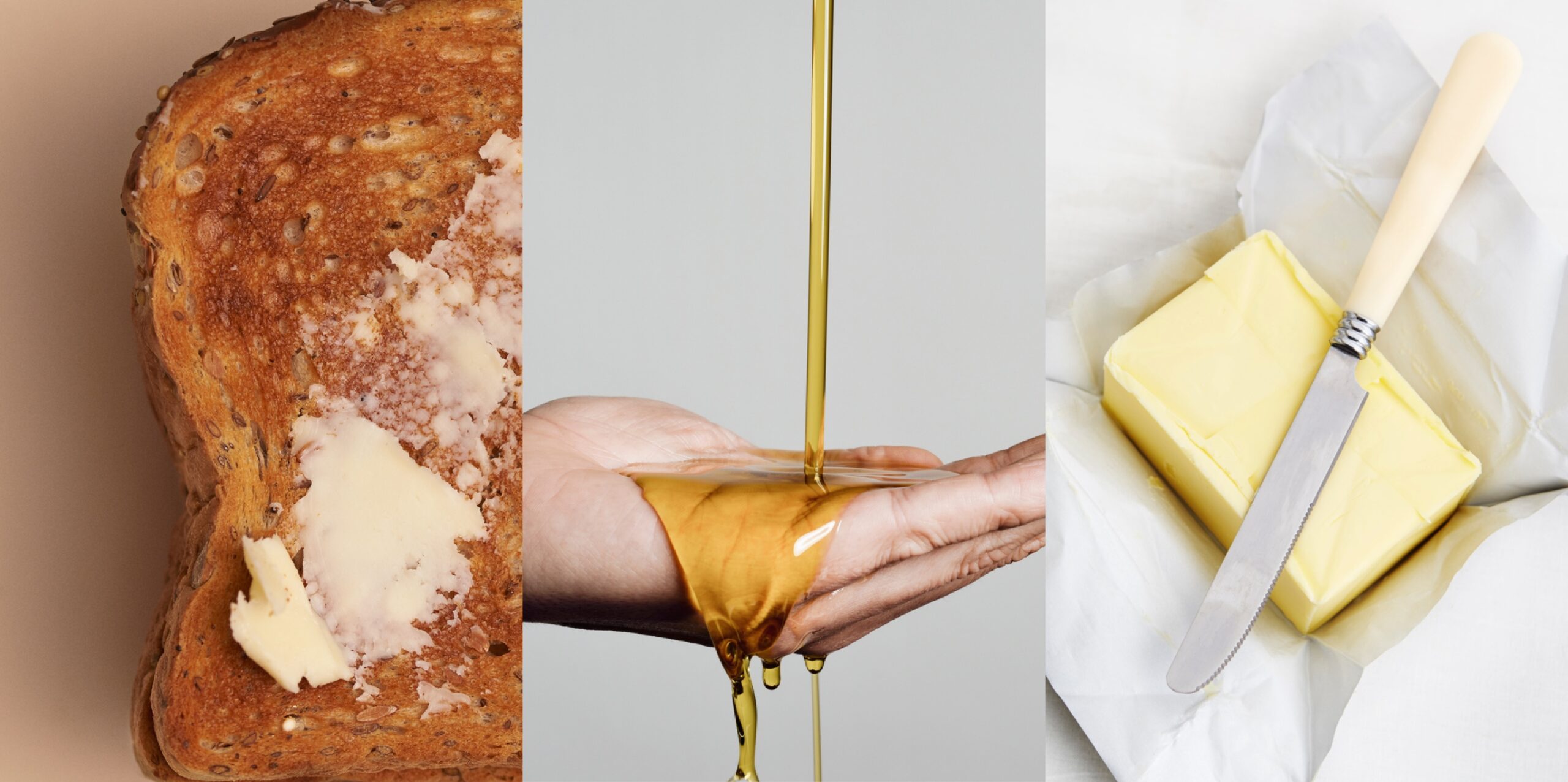
I. Love. Fat. Oil, butter, chicken schmaltz—you name it, I’m not afraid to use it liberally in my cooking. I grew up eating food that was cooked in extra virgin olive oil, so that’s how all the tastiest dishes start, in my humble opinion.
But if you’re afraid of the “F” word, you’re not alone. We’ve come a long way though from the days of thinking fat is the enemy, so here’s why I think it’s time to reframe your stance and start embracing it in your cooking.
Fat is an important element of most dishes. If you try to cook something in a skillet without fat, it’s probably going to be dry or charred. When there’s fat in the pan, it works as a heat conductor by bridging the heat from the surface of the pan to the food, allowing it to cook more evenly (and not stick to the pan).
Fat is delicious! I use tons of olive oil in my cooking, but also cherish grapeseed and sunflower oils if I’m deep frying or looking for a more neutral-tasting oil.
Fat is also a flavor carrier. There are some ingredients that are released in fat, like lemongrass, meaning its essence comes out in the presence of a fatty substance. (That’s why lemongrass aioli is so divine!)
Spices are bloomed in fat, making them taste better. If you put a block of turmeric in hot water, it renders a bitter, tannic taste. But when you infuse turmeric with oil, all the flavor is extracted by the fat, and it becomes a really tasty way to jazz up a dish.
When I had kids, I included healthy fats in the cooking I did for them. It’s an important ingredient for growth, brain development and energy. You can’t put a baby on a low-fat diet.
When I was breastfeeding, I learned that the fattiest part of the breast milk comes at the end of a feeding session. That’s where all the soporific nutrients come out to help put the baby to sleep. Magical!
The “low fat” movement was a marketing ploy, in my opinion. It should come as no surprise that there’s an entire industry of low-fat foods that have made big corporations billions of dollars.
In the ’80s and ’90s, everyone thought margarine was healthy because it didn’t have butterfat—turns out it’s a trans-fat that’s terrible for you. It’s since become known that grass-fed butter and vegetable oils are good for us—it comes down to the quantity and the balance of the rest of the foods you’re eating.
Is there anything butter can’t do? I mostly use it for baking, but there’s nothing better than good bread with lashings of grass-fed butter. It’s also wonderful for finishing sauces or vegetables. One of my favorite things to do is sauté mushrooms in olive oil, then throw in a knob of butter at the end and let it brown, which gives a nutty flavor to the dish.
If I roast a chicken or make pork, I’ll strain the fat left in the pan, and keep it in my fridge. These fats are great for roasting or pan-frying vegetables—I call it “added-value fat.” It has more flavor than your standard fat and might even have picked up some of the aromatics that were in the spice rub.
Want to level up the most seemingly bland foods? Try adding a spoonful of your leftover added-value fat (like chicken schmalz, rendered pork fat or olive oil,) the next time you make beans or grains—it’ll enrich the flavor and make it so tasty.
The views expressed in this article do not necessarily represent the views of Murad, and are for informational purposes only, even if the advice of physicians and medical practitioners are included. This article is not a substitute for professional medical advice, diagnosis or treatment, and should not be considered specific medical advice.
